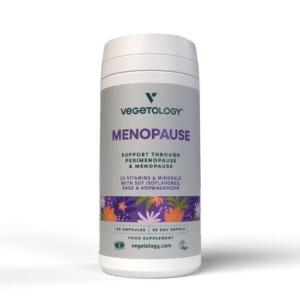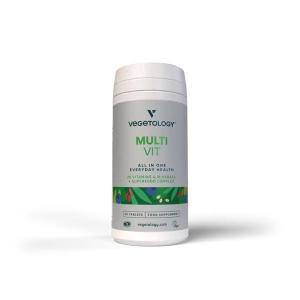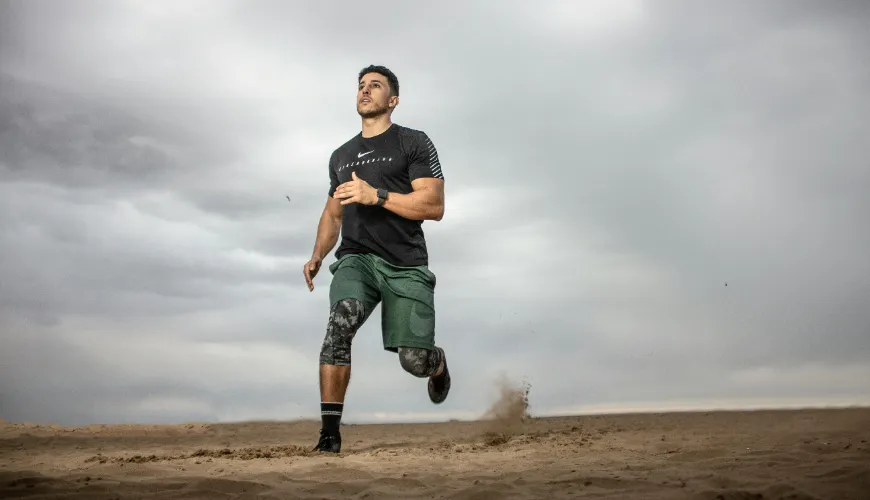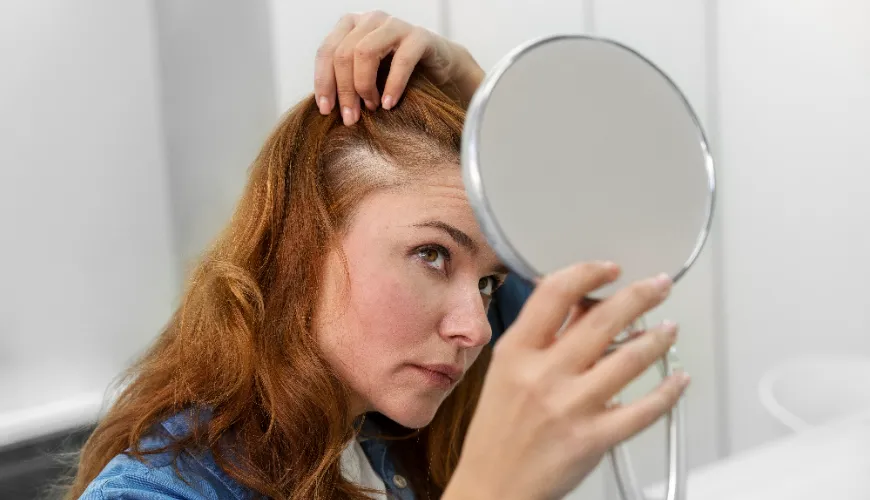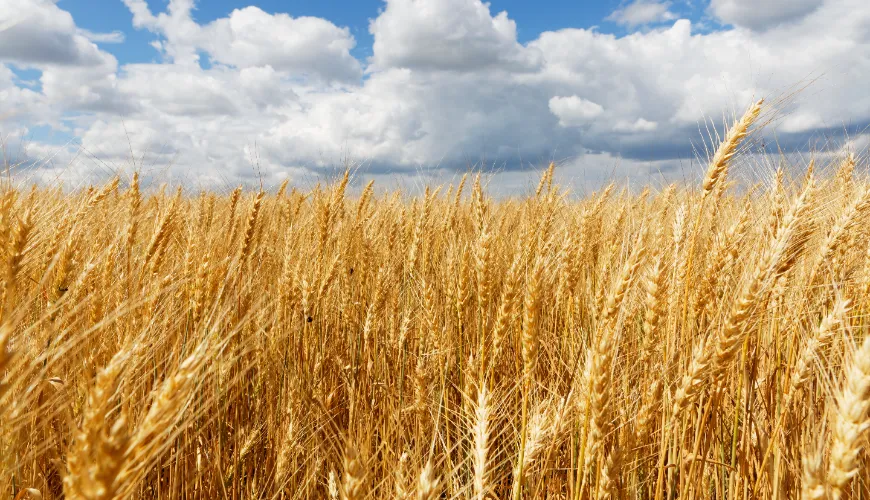
Why do calf cramps and subsequent pain occur and what to do about it

Calf Cramps and the Lingering Pain
A simple movement, such as stretching your leg while sleeping, a morning stretch, or even running for the tram, can suddenly be interrupted by sharp, unpleasant pain. Calf cramps, a phenomenon familiar to many, come unexpectedly and often without obvious cause. What's worse than the cramp itself is the subsequent calf pain, which can last for several days. This phenomenon is not uncommon and affects people across age groups—from athletes to seniors.
Muscle cramps, especially in the calf area, are a common problem. While in some cases it's a harmless occurrence, other times it can be a warning signal from the body that something is missing. Chronic cramps and post-cramp calf pain deserve more attention than they often receive.
Why Calves Suffer – Main Causes of Cramps
The calf is composed of two main muscles – the gastrocnemius and soleus – which contribute to ankle and foot movement. These muscles are strained during walking, running, and prolonged standing. When a cramp occurs, the muscle suddenly contracts and remains stiff, often accompanied by intense pain. The most common causes of these cramps include:
- Lack of minerals, especially magnesium, calcium, and potassium, which are crucial for proper muscle function.
- Dehydration, which often reduces electrolyte concentration in the body.
- Muscle overload, whether due to physical exertion, prolonged standing, or improper posture.
- Lack of movement – for example, during long flights or sitting.
- Pregnancy, which can involve hormonal changes and increased pressure on the lower limbs.
- Use of certain medications, such as diuretics or statins, which affect electrolyte levels.
- Neurological diseases or vascular disorders, affecting leg circulation.
Try our natural products
If cramps occur only occasionally, there is usually no cause for concern. The problem arises when cramps frequently recur, disrupt sleep, or are accompanied by pain that persists even after they subside.
What Does Calf Pain After a Cramp Mean?
Pain after a calf cramp is often caused by microtears in the muscle fibers that occur during the sudden and strong muscle contraction. It is essentially a small muscle tear, similar to after intense training. The pain can be dull, burning, or stabbing and appears with movement, touch, or even at rest.
In people with sensitive muscles or older age, the body handles muscle regeneration more slowly. Sometimes calf pain after a cramp can last for several days. In extreme cases, it may be necessary to seek medical help, especially if the calf is swollen, red, or the pain is very intense.
The experience of Mrs. Lenka, a fifty-four-year-old teacher from Ostrava, illustrates a common course: "One night, I was awakened by a cramp in my right calf, so strong I felt like my muscle would burst. The cramp eased after about a minute, but for the next two days, I couldn't walk properly. I felt like I had strained my calf from running – except I don't run," she describes. Such cases are not exceptions.
What to Do During a Calf Cramp and How to Relieve Pain
When a cramp occurs, it is crucial to stay calm and try to relax the muscle through gentle stretching. The most common recommendation is to stretch the leg and pull the toes towards you. Gentle massage or warming the affected area can also help.
If the pain doesn't subside, try applying a warm compress to the affected area, which will help relax the muscles. Gentle massage with natural oil—lavender or arnica is a safe bet. Herbs are also a great choice, especially creams with comfrey or chestnut, which support healing. Don't forget to replenish magnesium – you'll find it in bananas, nuts, or vegetables, and if necessary, feel free to resort to supplements. Above all, give your body rest, protect the sore area, and drink plenty of water.
Frequent occurrence of cramps cannot be resolved only acutely. It is important to focus on prevention, especially when it comes to lifestyle.
Prevention is Key – What Can Help Prevent Cramps
Changing habits can significantly reduce the risk of not just the cramps themselves but also the subsequent calf pain. The foundation is adequate fluid and mineral intake, regular movement, and muscle relaxation.
Want to avoid unpleasant muscle tension? Try a few simple tricks: stretch a little every evening, especially the calves, and if you stand all day, change your position occasionally – your body will thank you. Also, remember to drink, especially when you're more active or it's hot. Add something with magnesium to your diet – like almonds, pumpkin seeds, or a piece of dark chocolate. And finally, take a moment to relax – even mental well-being plays a role.
Experts from the Mayo Clinic also suggest that sleeping with legs slightly elevated can support circulation and reduce the risk of nighttime cramps. If cramps and calf pain occur regularly, it's advisable to consult a doctor and check mineral levels or blood circulation.
Some people also rely on traditional approaches – such as magnetotherapy or reflexology massages. Although scientific evidence of their effectiveness is not always convincing, many report relief. As the old saying goes: "If it helps, you've won."
When to Be Alert – Signals That It's More Than Just a Common Cramp
In rare cases, calf pain following a cramp may hide a more serious problem – such as deep vein thrombosis. If, in addition to pain, there is swelling, redness, or the calf is warm to the touch, it is necessary to see a doctor. Likewise, if cramps occur very frequently and affect sleep quality or daily functioning.
Calf cramps and subsequent pain are not just an unpleasant experience – often, they are a signal from the body that it's time to slow down and give it more care. In today's world full of stress, sedentary lifestyles, and lack of regeneration, muscles can alert us to things we typically overlook. And that's precisely their significance.
